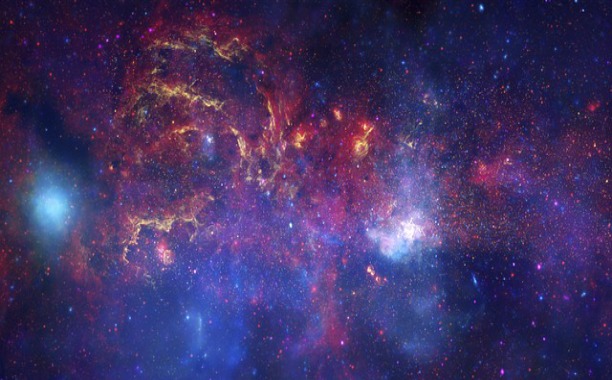Earlier this month, the Association of Universities for Research in Astronomy (AURA) presented a report in which it proposed the creation of a High Definition Space Telescope (HDST) which, according to recent reports, might be able to answer the age-old of question of whether or not we’re alone in the universe.
Still in its conceptual stages, the telescope would be placed more than 1 million miles from Earth and would be able to determine if Earth-like exoplanets host life, by directly taking high definition images.
“We have the potential to show that either life is indeed found in other places or that perhaps, life is extraordinarily rare and even more precious than we think it is,” said Mario Livio, astrophysicist with the Space Telescope Science Institute.
I like to think of finding life elsewhere as greater of a revolution than the Copernican and Darwinian revolutions combined. We have the potential to show that either life is indeed found in other places or that perhaps, life is extraordinarily rare and even more precious than we think it is. Both of these findings have incredible implications.
In 2009, NASA’s Kepler space observatory was launched, its mission to discover Earth-like planets in the Milky Way Galaxy. Almost 2,000 exoplanets have been discovered in the Universe since then, “most of which cannot be seen clearly.” The HDST would refine the Keplar’s mission, and give scientists a clearer image of these exoplanets.
In an extensive article outlining America’s past achievements in space, The Washington Examiner points out that the Hubble Telescope – which the HDST is meant to replace – played a big part in our understanding of the cosmos and universe. Just like the Hubble, the HDST will have many missions. The hope is that the new telescope will survey up to 50 worlds in its search to discover signs of life.
“The HDST will be more than a hundred times more sensitive than the Hubble in terms of seeing faint things,” said Marc Postman, astronomer at the Space Telescope Science Institute and co-author of the HDST report.
The HDST will be more than a hundred times more sensitive than the Hubble in terms of seeing faint things. It will have the best image quality of any spacecraft ever flown, so it will produce remarkable images of not just exoplanets but also of planets in our own solar system or very distant components of faraway galaxies.
In other news, NASA claims we’ll find aliens within the next couple of decades and the findings of an unrelated study suggests aliens might actually exist on Saturn’s moon, Enceladus.
























